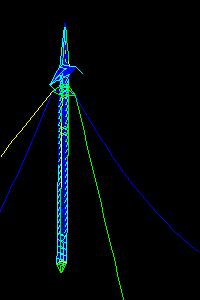
Although progress was being made in CADD, the potential for high-throughput screening (HTS) had begun to take precedence as a means for finding novel therapeutics. Some have credited this as being the start of intense interest in the potential for computer-aided drug design (CADD).

On October 5, 1981, Fortune magazine published a cover article entitled the “Next Industrial Revolution: Designing Drugs by Computer at Merck” ( Van Drie, 2007). Finally, computational methods for toxicity prediction and optimization for favorable physiologic properties are discussed with successful examples from literature.


In addition, important tools such as target/ligand data bases, homology modeling, ligand fingerprint methods, etc., necessary for successful implementation of various computer-aided drug discovery/design methods in a drug discovery campaign are discussed. We review widely used ligand-based methods such as ligand-based pharmacophores, molecular descriptors, and quantitative structure-activity relationships. Ligand-based methods use only ligand information for predicting activity depending on its similarity/dissimilarity to previously known active ligands. The article discusses theory behind the most important methods and recent successful applications. Structure-based approaches include ligand docking, pharmacophore, and ligand design methods.

Structure-based methods are in principle analogous to high-throughput screening in that both target and ligand structure information is imperative. These methods are broadly classified as either structure-based or ligand-based methods. Computer-aided drug discovery/design methods have played a major role in the development of therapeutically important small molecules for over three decades.


 0 kommentar(er)
0 kommentar(er)
